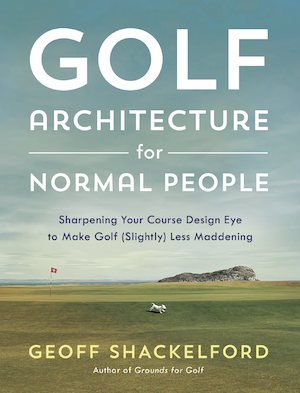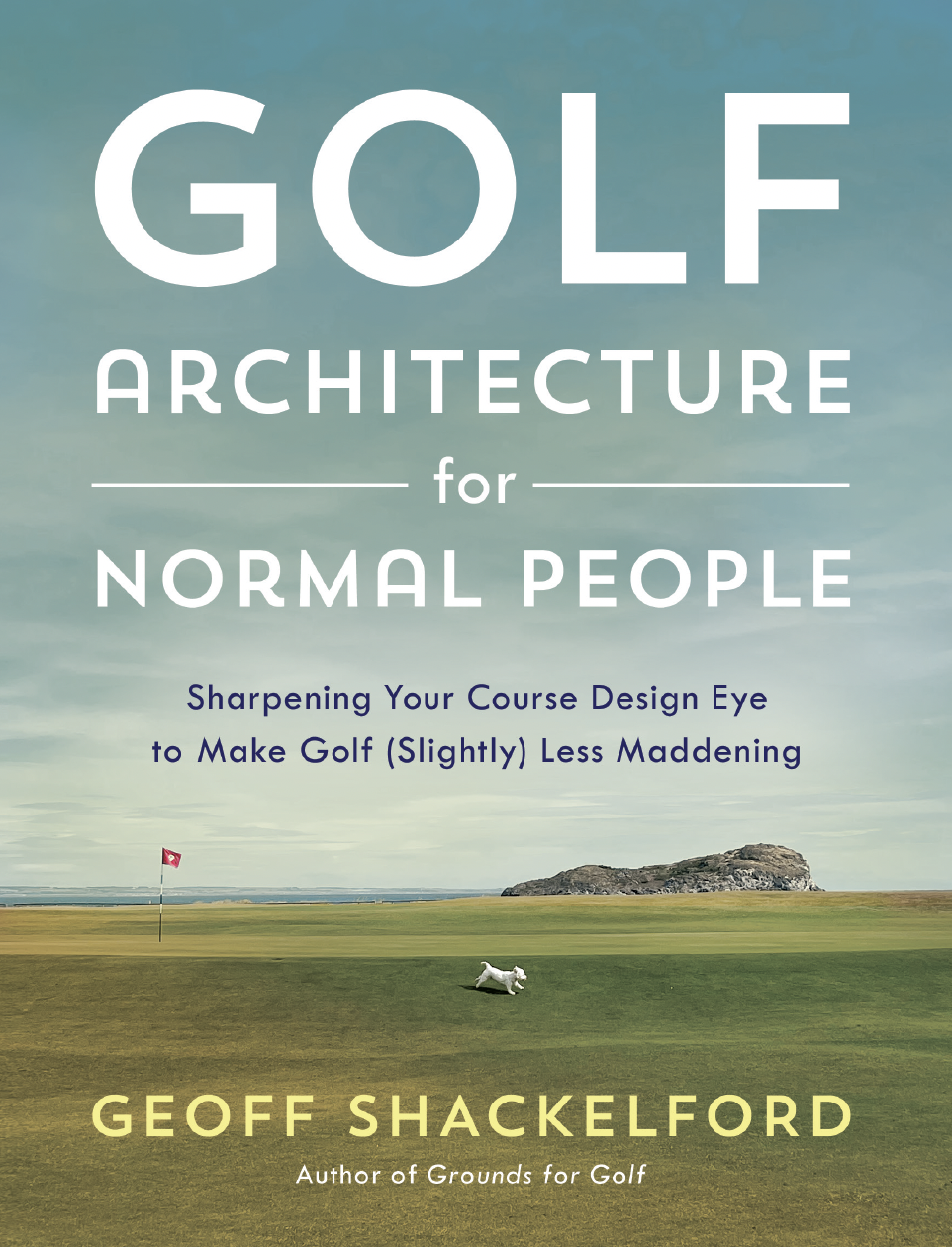As we had heard previewed a few weeks ago, Tiger Woods appears on Coach Geno Auriemma’s second “Holding Court” podcast and he gets much more insight than the traditional Tiger television interview.
 Woods opens up about everything from technology to fly fishing to how he pays his caddie. Huge props to Coach Auriemma for asking great questions (and knowing the game and Tiger), but also to Tiger for doing a podcast where the conversational atmosphere leads to better insights. More than any interview I can recall, you hear him go into the kind of depth that shows how smart he is and how much thought he gives to all subjects.
Woods opens up about everything from technology to fly fishing to how he pays his caddie. Huge props to Coach Auriemma for asking great questions (and knowing the game and Tiger), but also to Tiger for doing a podcast where the conversational atmosphere leads to better insights. More than any interview I can recall, you hear him go into the kind of depth that shows how smart he is and how much thought he gives to all subjects.
I most enjoyed his thoughts on technology and the ball. Transcribed here for proper documentation as I'm sure his support of any effort to create a tournament ball will be very important.
After talking about persimmon and the differences in spin and accuracy of contact for his generation and today's stars, Coach asks "if they had to play with persimmon and the old balata balls, would they still be able to do it?"
No. Because we were taught to knock off spin and the new balls don’t spin a whole hell of a lot. They go a lot further and a lot straighter but they don’t spin. Well, now these guys, let’s say Bubba Watson, who curves the ball a ton with these harder balls. If he played a balata it might be coming back at him. Like a complete boomerang.
Auriemma then asks if Tiger would be in favor of any equipment changes in the game right now?
The only thing I would say is that we need to do something about the golf ball. I just think it’s going too far because we’re having to build golf courses…if you want to have a championship venue, they’ve got to be 73, 7400 yards long and if the game keeps progressing the way it is with technology, I think that the 8,000 yard golf course is not too far away. And that’s pretty scary. We don’t have enough property to be designing these types of golf courses. And it just makes it so much more complicated.
Oh to have been there when one of Tiger's really cool routings was spoiled by having to get more yardage. Welcome to the architectural migraine maker!
Coach asks if there is "any consensus on tour of how, is there some feeling on tour among the guys?"
Some of the guys say yes. The USGA is already looking at it. They’re doing some research on what the world would look like if you rolled it back 10 percent, 15 percent and 20 percent…the game of golf is on the kind of, there’s a down cycle as far as participation. We don’t have a whole lot of new golfers coming into the game. We don’t have any sustainability in the game as well. So, with that being said, you don’t want to give up the amateurs from hitting the ball further and straighter. But with the tour pros you might want to roll the ball back. The talks we’ve had on tour with the Commissioner and our board is where is the line of demarcation. Do we have it at PGA Tour levels, do we have it at the Web.com Tour level, do we have it at the mini-tour level, so there is that debate as well. I don’t see it happening in the near future but at least there’s talks about it now.
Keep talking Tiger, you are helping to make it happen.
Auriemma then talks about the modifications made in auto racing to keep tracks safe and relevant. Tiger offers this Wimbledon analogy:
I think a good analogy, or good comparison would be tennis. Back in 2001, 2000, somewhere in there, Goran Ivanisevic served over 200 aces for the fortnight, since then they’ve rolled the ball back, more fuzzy, a little heavier so the ball doesn’t travel as fast. They did the same thing at the U.S. Open, and the Australian Open. So they’ve made alterations to the ball to accommodate the strength and the power of the equipment and the strings and the racket as well as the pure athleticism of the bigger servers. Well that’s the ball analogy with another sport so why can’t we do the same thing with another ball sport, golf, and slow it down just a little bit.






















